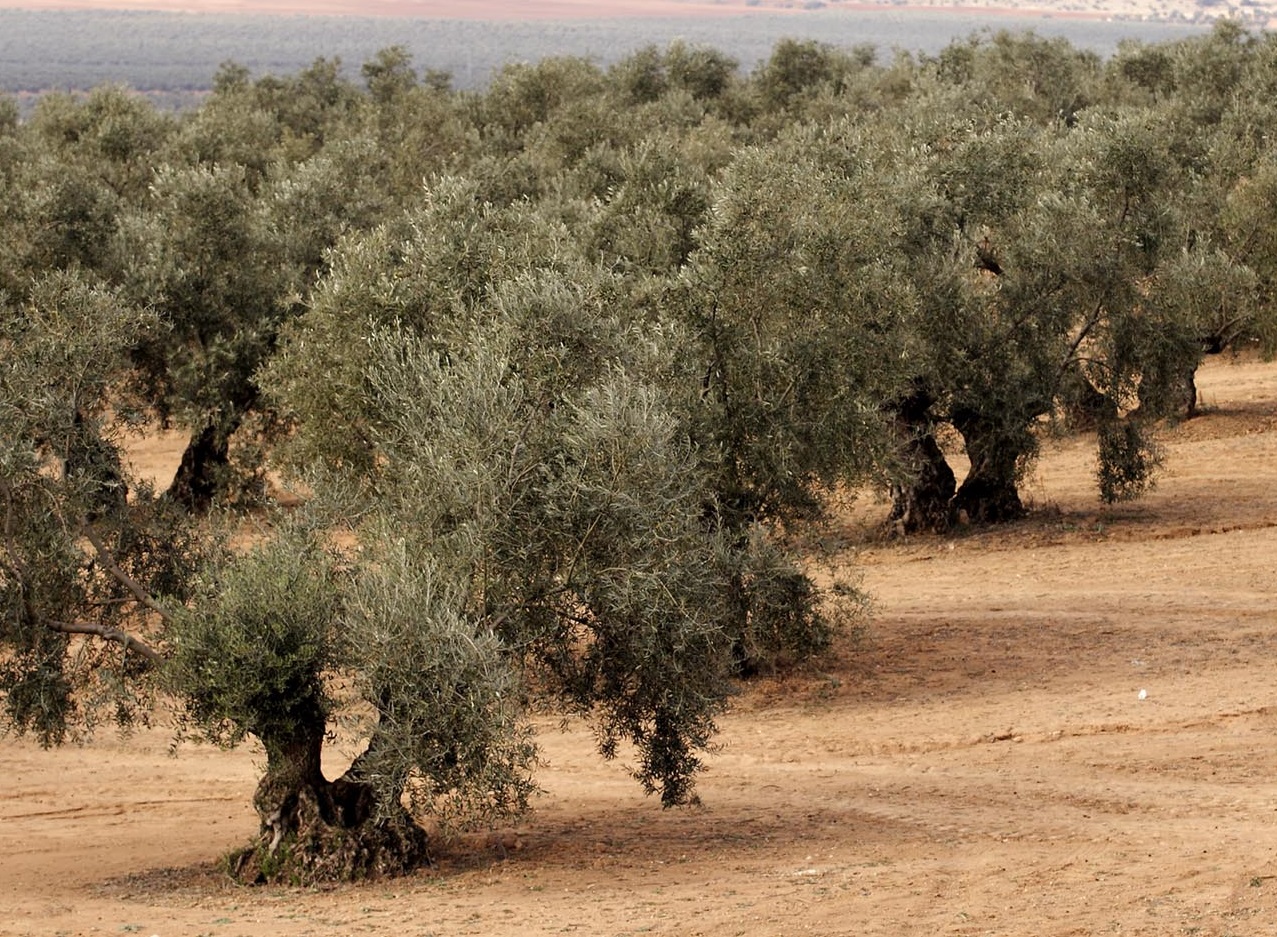
The Ministry of Agriculture, Livestock, Fisheries and Sustainable Development of the Junta de Andalucía has an APP for the surveillance of Xylella fastidiosa. Although this disease, which especially affects woody crops such as olive or vine, is currently eradicated in Andalusia, the possible existence of vectors that can spread it, leads the Andalusian administration to implement new tools to avoid its presence on community farms.
It is an APP of the Andalusian Phytosanitary Information and Alert Network (RAIF) that has enabled the module «Notices and surveillance of Xylella fastidiosa«, which allows the collection of data and the sending of information aimed at detecting the presence of of nymphs of certain species of vector insects with the capacity to transmit the disease.
This application can be used by technicians, farmers and the general public, allowing communication to the phytosanitary authorities of Andalusia about any symptom of suspicion of the disease or the presence of vectors that could transmit it.
In this way, farmers and technicians will be able to notify, through this mobile application, of any query or suspicion of Xylella that they detect in their farms, using the geolocation of their mobile phone with the possibility of attaching photos and having suspicious plants analyzed immediately.
At the same time, it is possible to know the distribution of vector insect populations, which makes it possible to identify areas with a greater probability of dispersal of the bacteria in the event of an outbreak, in order to intensify prospecting efforts in them.
It is a bacterium with an enormous pathogenic potential that affects a large number of host plants and that can cause serious damage to crops of great economic importance in Andalusia (olive, citrus, vine, almond and other stone fruit trees), as well as in numerous ornamental or forest species.
The bacterium is installed in the xylem of plants, although only some species of insects that feed on it have demonstrated the ability to acquire and transmit the bacteria to another plant efficiently.
The insects ‘philaenus spumarius’ and ‘neophilaenus campestris’ are the main species that have the ability to transmit the bacteria by feeding on affected plants, promoting the spread of the disease. However, the presence of these species is reduced in agricultural ecosystems with conventional management, and on the contrary, it is more frequent in areas with cropping systems with less human intervention.
At present, there is no method that allows to cure the disease effectively in an affected plant, but there is a strategy for its control that involves avoiding its introduction (control at the border or other places of risk such as wholesale centers, for example). In case of presence, it is essential to avoid dispersal by controlling vector populations within the integrated pest system of the olive grove.
The APP launched by the Ministry of Agriculture thus becomes a very important tool in order to prevent the spread of this disease in Andalusia in the event of an outbreak.
